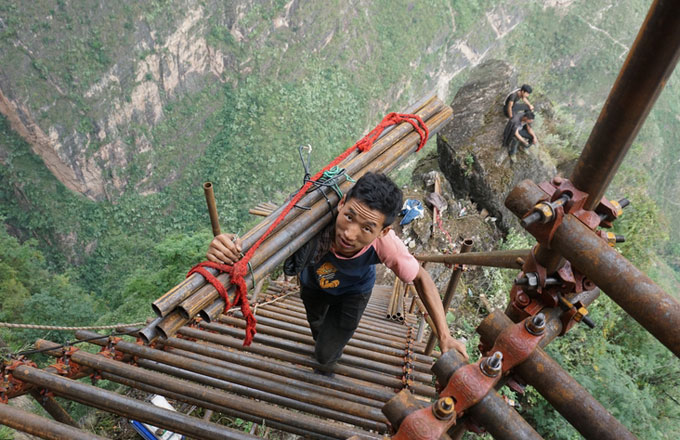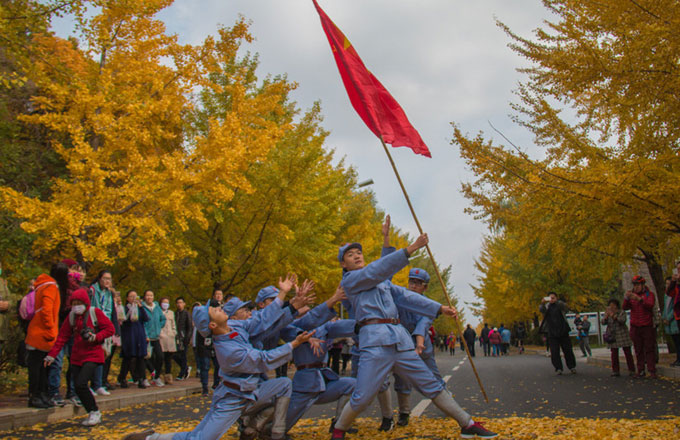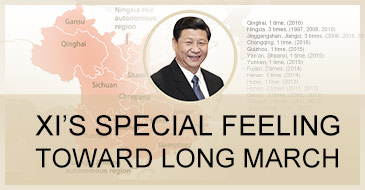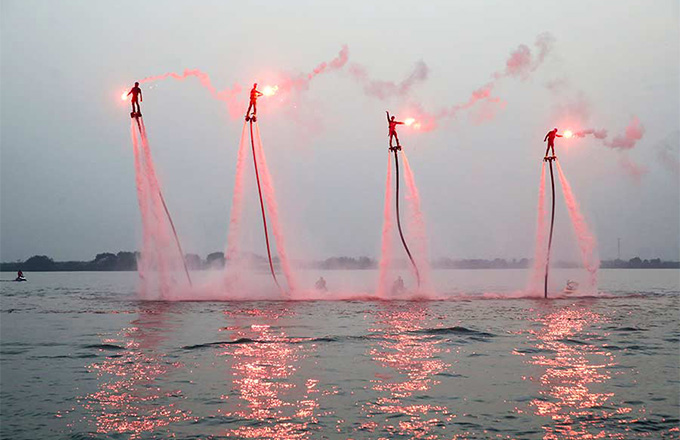Hot debate on how to keep South warm




These areas involve regions in 14 provinces or municipalities in the south with a population of about 100 million, Xinhua quoted an unidentified ministry official as saying.
In these areas, residents are more uncomfortable than those living in the north when the mercury plummets below 5 C outdoors, and it is necessary to provide these regions with heating services, the ministry said.
The National Development and Reform Commission, China's top economic planner, said earlier this month that it has set up a research group to study the feasibility of a heating program in the south.
"It is the first time the issue was raised at the national level," said Lin Boqiang, head of the China Center for Energy Economics Research at Xiamen University.
A geographical line drawn in the 1950s to divide China into southern and northern parts has long been outdated and should be scrapped, he added.
But the question is: Where will the governments in the south find an energy source, and who will bear the costs of putting the heating facilities in place?
The Housing and Urban-Rural Development Ministry said electricity and renewable energy-powered heating should be promoted in the south, and the use of coal and a centralized heating system, both of which are in the north, should be discouraged.
The annual burning of 26 million metric tons of coal — which will happen if the south copies the traditional highly centralized heating system in the north — will discharge 73 tons of carbon dioxide, 52,000 tons of sulfur dioxide and 12,000 tons of dust into the atmosphere, according to the ministry.
But it did not specify if there will be any subsidies from governments to help develop costly renewable energies such as wind, hydropower, geothermal, solar and tidal.
Natural gas is another alternative and seems more practical in the south, but analysts said stronger demand from China may rattle international energy markets and push up prices of liquefied natural gas.
Most regional authorities said they have yet to research the subject, suggesting there will not be an immediate solution to the problem of heating in the south in the future.
Nanchang, capital of East China's Jiangxi province, is one of the handful of local governments to have encouraged heating powered by renewable energy.
But only an area of around 1 million square meters — a tiny share of its total area in the city with 5 million permanent residents — is heated by solar or geothermal energies.
An outdated line
The Qinling Mountains and the Huaihe River have long been recognized as the geographical line dividing northern and southern China. It is also where the government drew a line to decide where they would provide central heating when fuel of all kinds was in short supply.
But the frequency of extreme weather caused by global warming has blurred this outdated geographical line, and prompted questions on whether it is proper to provide government-backed heating services only in northern areas, including Beijing and Tianjin, for up to six months a year.
Also, economic prosperity has enriched regional governments and significantly raised the living standard of a large segment of the population.
Most urban residents live in nicer homes than they previously did, and their aspiration for a better quality of life is expected to intensify in tandem with rapid economic growth.
There's no doubt that government-backed heating services are needed in the south, experts said. But rather than a universal solution such as a highly centralized heating system powered mainly by coal, the heating method in the south should take into account climate characteristics, energy structure and lifestyle.
A highly centralized heating system requires a huge investment, consumes huge amounts of energy and generates a large amount of waste, said Jiang Yi, director of the Center for Energy Saving Studies at Tsinghua University. In this model, about a third of the heat is wasted during the transmission process in the pipes.
In Beijing, heating is provided for about four and a half months, and the heating plant can use the rest of the year to check heating installations and repair pipes, he said.
However, the shorter period of cold weather in the Yangtze River Delta region and the southern areas will mean the heating plants spend a longer time lying idle, and could lead to a high depreciation rate of installation, he added.





















